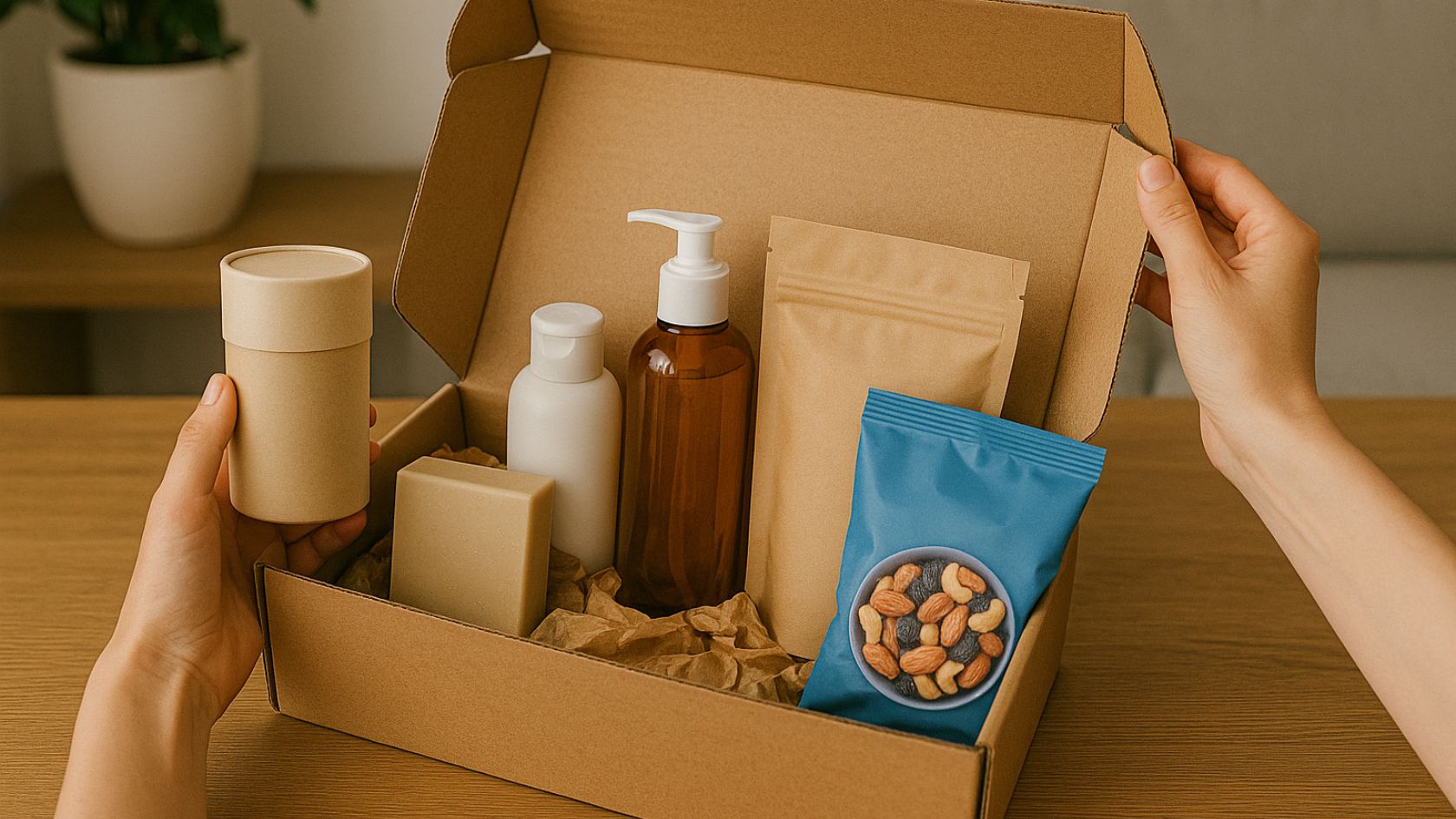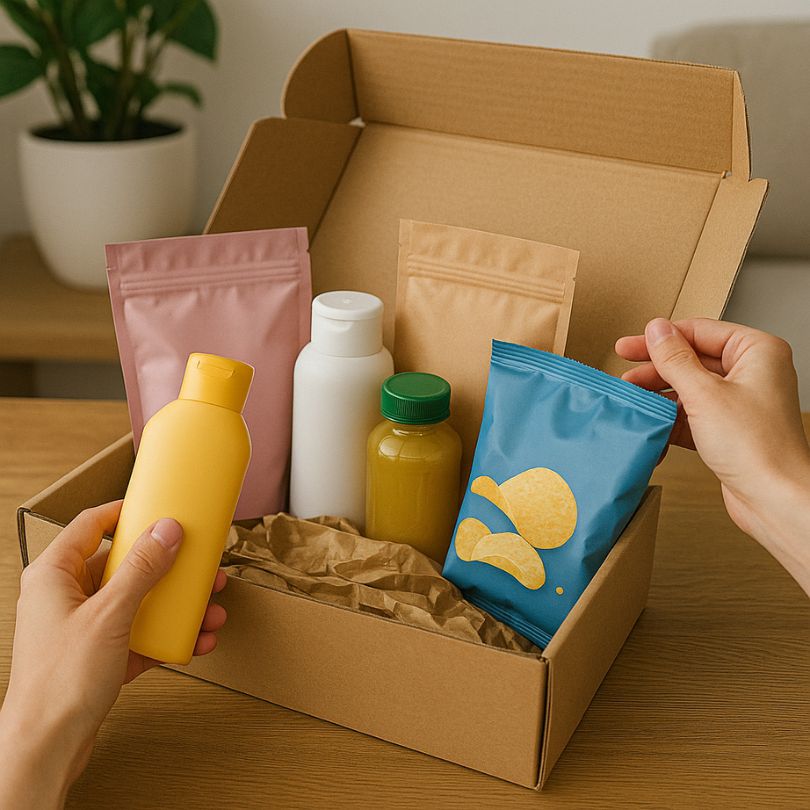
Top Converting Subscription Products: Strategies, Categories, and Tactics That Win

Top converting subscription products are the engine behind predictable, scalable growth because they package ongoing value into a simple, repeatable decision that customers can make once and enjoy for months or years. When you identify the right product-market fit for a subscription and reduce buying friction at every step, your conversion rate rises, churn falls, and lifetime value compounds.
Finding product–market fit for subscription is a structured exercise: start with a repeat need, narrow in on a segment that values convenience over one-off savings, and design an onboarding that guarantees an early “aha” moment. Equally important is the offer architecture—pricing, incentives, and guarantees—that unlocks trial without sacrificing margin. For a broader perspective on which product types tend to perform well in recurring formats, see this guide to the best products to offer via subscriptions, and use it as a checklist against your own catalog.
While one-time purchases rely on impulse and timing, subscriptions convert when the perceived value of “set-it-and-forget-it” beats the perceived risk of commitment. That means your landing page must clarify what’s included, the delivery cadence, how to skip or pause, and the true total cost after any trial. Transparent control and clear economics are your best conversion levers. Pair that with strong social proof and a first-delivery promise (e.g., a measurable result or delightful unboxing) and you’ll see immediate lift.
Acquisition strategy also shapes conversion quality. Traffic that arrives with a specific recurring problem (e.g., “I run out of razors every month”) converts better than broad, top‑of‑funnel browsing. You can prime this intent via content, affiliates, or partner co‑marketing. For example, structured brand partnerships can position your subscription as the natural solution within a trusted ecosystem, lowering skepticism and accelerating trial decisions.
What makes a subscription product convert?
High-converting subscriptions share a handful of psychological and operational traits. Understanding and designing around these principles is the fastest route to better conversion and improved LTV.
- Habit alignment: The product solves a recurring, predictable need (consumables, refills, ongoing access).
- Immediate payoff: The first shipment or first login produces a quick, tangible win.
- Perceived control: Clear, honest options to pause, skip, swap, or cancel—without calling support.
- Transparent math: No hidden fees, surprise shipping, or trial traps; total cost shown up front.
- Social proof: Ratings, reviews, UGC, expert endorsements, and visible community validation.
- Risk reversal: Guarantees, pro‑rated refunds, or try‑now benefits that neutralize commitment anxiety.
- Frictionless checkout: Wallet pay, address autocompletion, one‑step flows, and no forced account creation.
Winning categories for subscriptions
1) Replenishment consumables
Anything people run out of on a schedule—razors, vitamins, pet food, contact lenses, water filters—maps perfectly to subscription. The value story is simple: never run out, save a little, and get exactly what you need on time. These offers convert well when customers can fine‑tune quantities, cadence, and product variants without penalty.
2) Curated and discovery boxes
Beauty boxes, snack assortments, hobby kits, and book clubs add an element of surprise and curation. Conversion hinges on the “editorial trust” you build. Show previews, outline curation principles, and explain the monetary value versus the subscription price. First‑box bonuses and unboxing videos can dramatically lift trial rates.
3) Digital content and software
Streaming, learning platforms, and SaaS tools convert when the first session is undeniably useful. Focus the welcome flow on a single high‑value action: watch a recommended title, complete a 5‑minute lesson, or automate a task. Time‑to‑value under 10 minutes is a reliable heuristic for better conversion and stickiness.
4) Health, fitness, and coaching
Programs that combine guidance with accountability—workouts, meal plans, or coaching communities—convert on specificity and outcomes. Replace vague promises with concrete milestones and transparent schedules. Add calendar integrations and habit reminders to cement early wins.
5) B2B replenishment and services
From cleaning supplies to office snacks, B2B buyers adopt subscriptions to reduce vendor switch costs and administrative time. Conversion improves when you show predictable budgeting (annual invoices), multi‑location shipping controls, and SLA‑backed fulfillment guarantees.
Offer architecture: pricing, incentives, and guarantees
Pricing should be legible at a glance. Many top converting subscription products use a “good/better/best” structure where the middle plan is highlighted and offers the best value‑per‑unit. Make it easy to prepay for a discount, and present an annual option with clear savings. Expect roughly 20–35% of customers to consider prepay when the math is obvious and the cancellation policy is fair.
- Anchoring and contrast: Show per‑shipment price next to one‑off price so savings are undeniable.
- Welcome offers: Use limited‑time bonuses, free gifts, or free add‑ons rather than deep discounting that compresses future margin.
- Trials vs. guarantees: Trials convert, but trial‑to‑paid falloff can be noisy. A strong satisfaction guarantee with easy cancellation often outperforms for quality LTV.
- Family or multi‑seat plans: For digital/subscriptions used by households or teams, bundle additional users at marginal cost.
- Skip/pause visibility: Put control language near the CTA: “Pause or cancel anytime in one click.” Clarity raises conversion more than it increases churn.
Landing page and checkout UX patterns that lift conversion
Think of your subscription PDP or landing page as a guided narrative: problem → promise → proof → plan → price → protection → CTA. Every module should advance this story without detours. Then the checkout must preserve momentum and trust.
- Above the fold: a clear headline with the focus benefit, a tight subhead, one hero image, primary CTA, and a reassurance line (cancel/skip, shipping date).
- Modular plan selector: card layout with delivery cadence, quantity, and add‑ons. Default to your most popular plan.
- Trust layer: ratings summary, badges (warranty, shipping, data security), and recent review snippets.
- Live cost clarity: show tax/shipping estimates early; avoid price surprises late in funnel.
- Checkout essentials: Shop Pay/Apple Pay/Google Pay, address autocompletion, guest checkout, and an unobtrusive upsell step that doesn’t reset the form.
Retention starts on day zero
High conversion without retention is a mirage. Your first 7–14 days determine long‑term LTV. Send an order‑to‑value sequence: shipping confirmation → setup/unboxing guide → first‑use checklist → success milestone → “what’s next” preview. Encourage customers to personalize their next shipment or content queue before the novelty fades.
- Manage churn actively: Offer flexible cadence changes, one‑time skips, and intelligent downsells (smaller size, alternate flavor) in a self‑serve portal.
- Dunning and payment health: Retry schedules, card updater services, and pre‑expiry reminders recover 20–40% of involuntary churn.
- Community and status: Member‑only content, milestones, and loyalty tiers make staying subscribed feel rewarding.
- Referral loops: Referral credits post‑first‑win convert well and drive efficient acquisition.
Acquisition channels that pre‑qualify subscription intent
Not all clicks are equal. Channels that attract people with recurring needs convert better. Educational content that frames the ongoing problem, influencer tutorials that demonstrate daily use, and affiliate placements on comparison pages all tend to yield higher subscription acceptance rates. Co‑branded landing pages with partners who share your audience but not your product reduce perceived risk and boost trust at the first impression.
Measurement: know which levers move conversion
Track conversion holistically, not just checkout completion. Watch landing click‑through to plan selection, plan selection to checkout start, wallet‑pay adoption, and completion by device. Then slice by first 7‑day retention to spot incentive abuse. A few metrics and tests to prioritize:
- Trial to paid rate: If trial is below 45–60%, tighten qualification and expectation‑setting on the landing page.
- First‑success rate: Percent of new subscribers who report a first win in 10 days. Improve with better onboarding content.
- Add‑to‑subscription rate: How often customers add an item to their next shipment—signals depth of value.
- Price sensitivity tests: Test price endings, bundles, prepay discounts, and anchoring copy. Keep changes reversible and isolate variables.
- LTV:CAC by source: Favor channels whose cohorts sustain after the second renewal, not just cheap trials.
Common mistakes that depress subscription conversion
- Hiding the true cost: Surprises at checkout kill trust; show total with shipping estimates early.
- Hard‑to‑cancel flows: Short‑term saves, long‑term brand damage. Make cancellation self‑serve and learn from the reasons.
- Feature‑first messaging: Lead with outcomes and use cases; features come second as proof.
- One‑size cadence: Not everyone needs monthly. Offer bi‑weekly, every 6 weeks, or quarterly where applicable.
- Over‑discounting the first box: Attracts deal‑hunters who churn fast. Prefer value‑add bonuses.
Conclusion: put it all together
The playbook for top converting subscription products is straightforward: pick a problem that returns every month, design a first‑use moment that delivers unmistakable value, communicate control and transparency, and streamline the path from curiosity to checkout. Then build retention into onboarding so the second shipment is a natural next step, not a surprise. As you scale, keep testing messaging, plan architecture, and channel mix. Even incremental lifts compound in a recurring‑revenue model—and you can accelerate discovery by studying high‑performing
push ad creatives and funnels to inspire landing structures, offers, and messaging that resonate with subscription‑minded shoppers.
Updated for best practices and real‑world results. All recommendations are for educational purposes and should be adapted to your brand, industry regulations, and customer expectations.